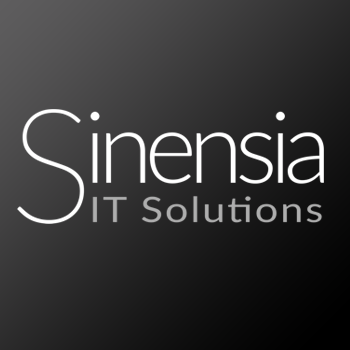
Descripción: Curso InfoSphere MDM Architecture V11
Formación en IBM Infosphere
This course is designed for anyone who wants to get an understanding of the InfoSphere MDM Architecture (including the Virtual and Physical Hubs). This course walks you through the major components of the InfoSphere MDM and how each component interacts. You will learn how InfoSphere MDM responds once a service is invoked and the various configuration and extension points of a service. The course is used as an introduction to various components that make up the MDM Architecture and prepares you to identify how MDM will fit into their organization and what pieces may be customized to fit their business requirements.
The next courses that may be of interest to you include:
- Data Model and Service Mapping for the InfoSphere MDM Advanced Edition V10 (ZZ610)
- Customizing the InfoSphere MDM Advanced Edition V10 (ZZ640)
- IBM InfoSphere MDM Server Service Customization for MDM Server 9 (ZZ340)
- InfoSphere MDM Server User Interface Generator (DC560)
Formación IBM
Detalles
Contáctenos a través de >éste formulario<
Precios especiales para la formación de grupos
Podemos adaptar cualquier curso a sus necesidades, e impartirlo en sus instalaciones o en nuestros centro de formación ContáctenosCursos relacionados


